On Tuesday June 17, 2025 125 million oyster larvae were released into the Gulf on Shearwater Reef near Ocean Springs, MS. The larvae started their journey from Palacios Marine Agricultural Research (PMAR) Hatchery in Palacios, TX and flew to Gulfport, MS. PMAR had three hatchery experts who then drove the larvae to the boat launch in Ocean Springs. Three boats were utilized for larval deployment, and the Mississippi Department of Marine Resources (MDMR) Shellfish Bureau who issued the scientific research permit for this study also drove a boat over to watch the first set of larval deployments. Larvae were woken up on the boat by the PMAR hatchery team and distributed into weighted 5-gallon buckets and handed to five divers in the water. Divers were from multiple organizations, including PMAR and Callie Mae Sea Foundation (CMSF).
In preparation for larval deployment, nine 10 meter x 10 meter reefs were created using shell cultch from Louisiana on Saturday June 14, 2025. Three of these reefs are a control for this scientific study; three reefs received a low density of hatchery-reared oyster larvae (~11 million each), and three reefs had a high density of oyster larvae (~23 million each). Reefs will be sampled on June 30th to calculate oyster spat density on the reefs to show proof of concept. Sampling will involve divers retrieving shell bags that were deployed on the constructed reefs prior to larval release. Divers will additionally collect quadrats of shell from the reefs to survey. At two months post larval deployment, divers will do a more robust sampling of the reefs and results from this sampling will be used to produce a peer-reviewed publication.
This study is groundbreaking because it represents the first time oyster larvae were placed directly into Gulf waters. A news reporter was on scene Friday June 13th and Tuesday June 17th to capture footage of the project. The links to these news stories can be found below. This study will revolutionize the way each Gulf state conducts oyster restoration efforts, and is a monumental step towards creating a more economical way to restore Gulf oyster reefs.
https://www.wlox.com/2025/06/18/millions-oyster-larvae-placed-gulf-part-new-method-seed-oyster-beds/

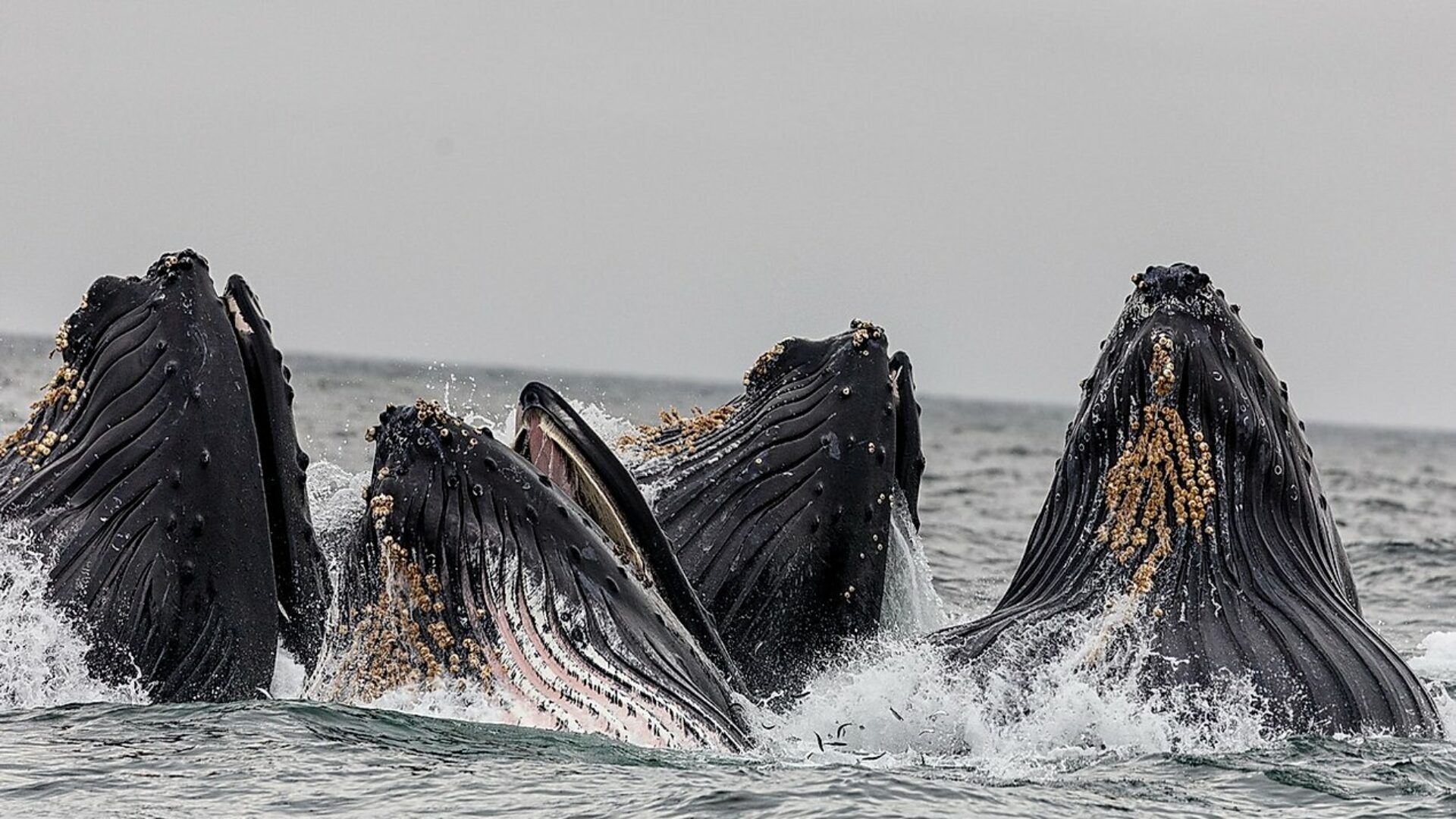
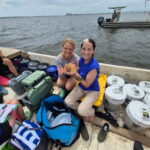
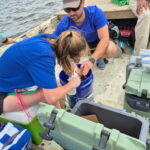
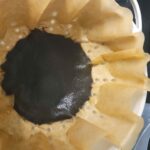



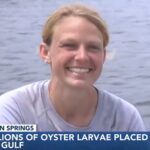
13 thoughts on “Millions of Oyster Larvae released into the Gulf”